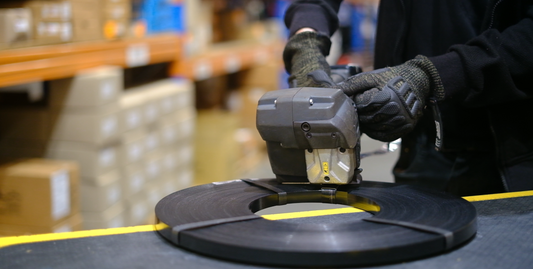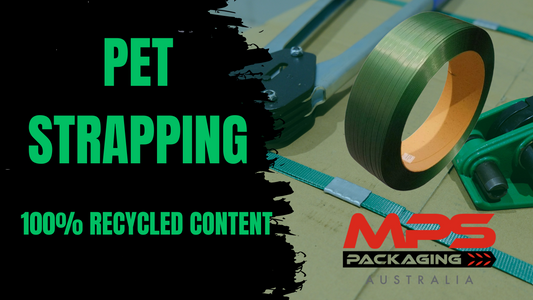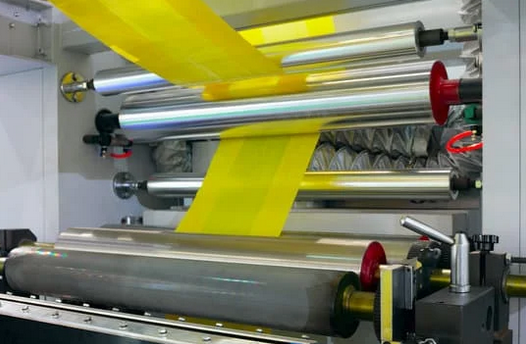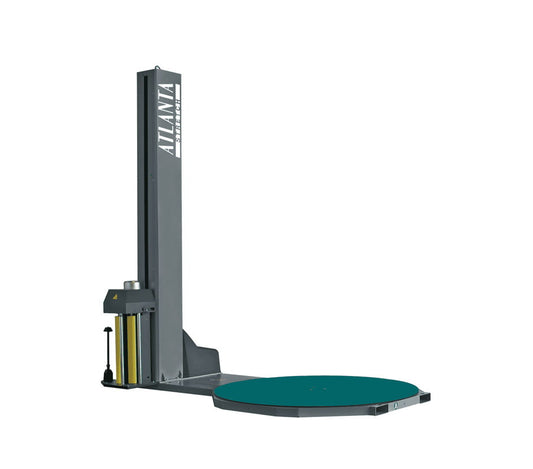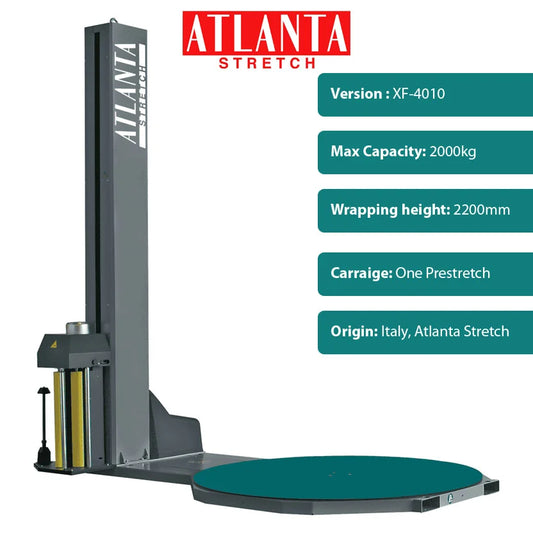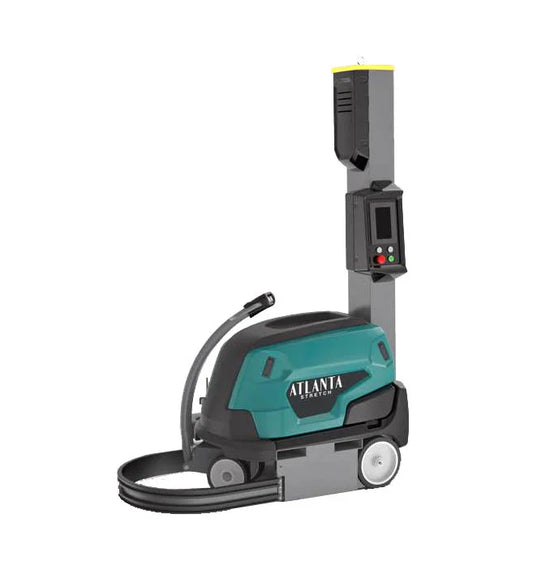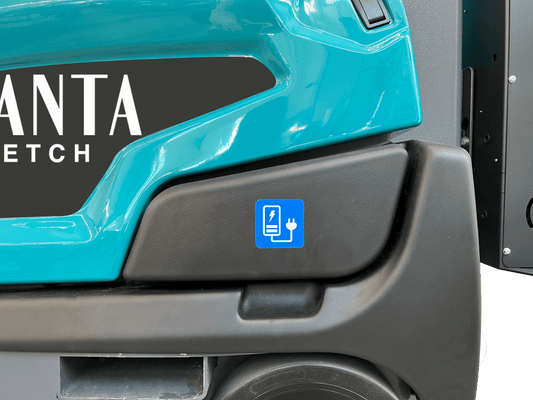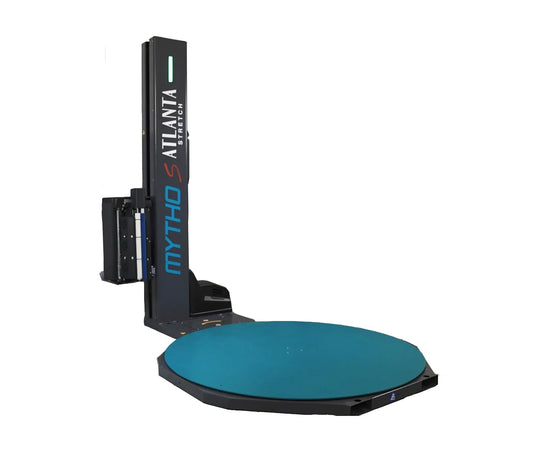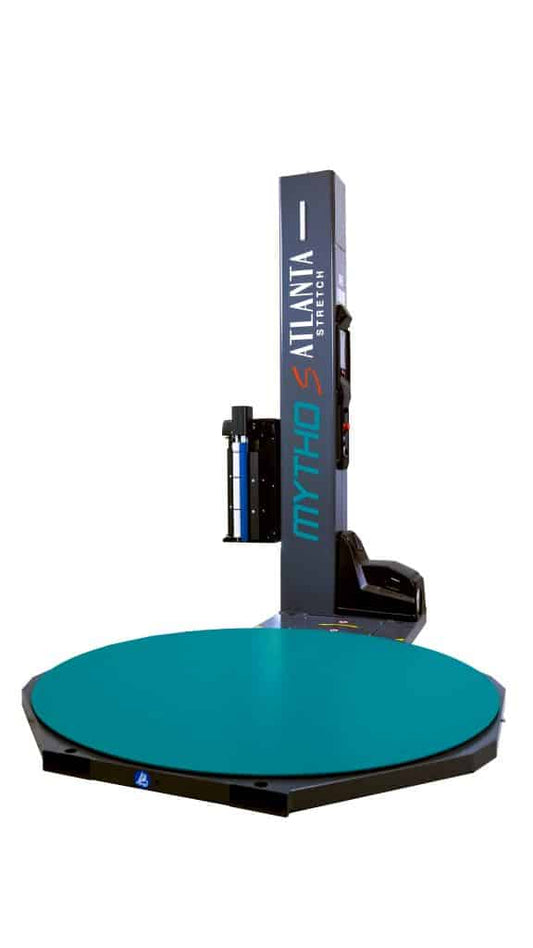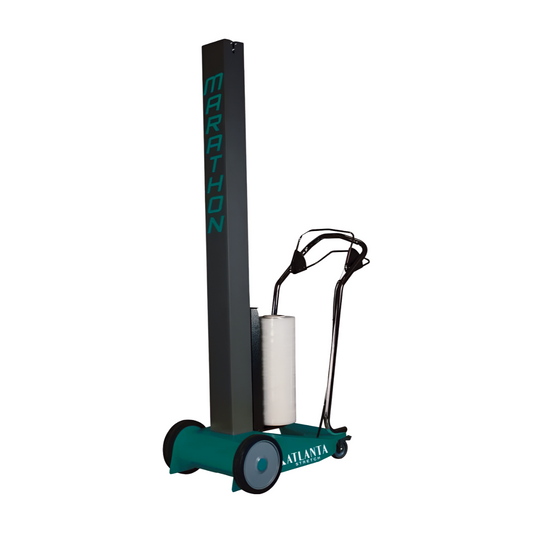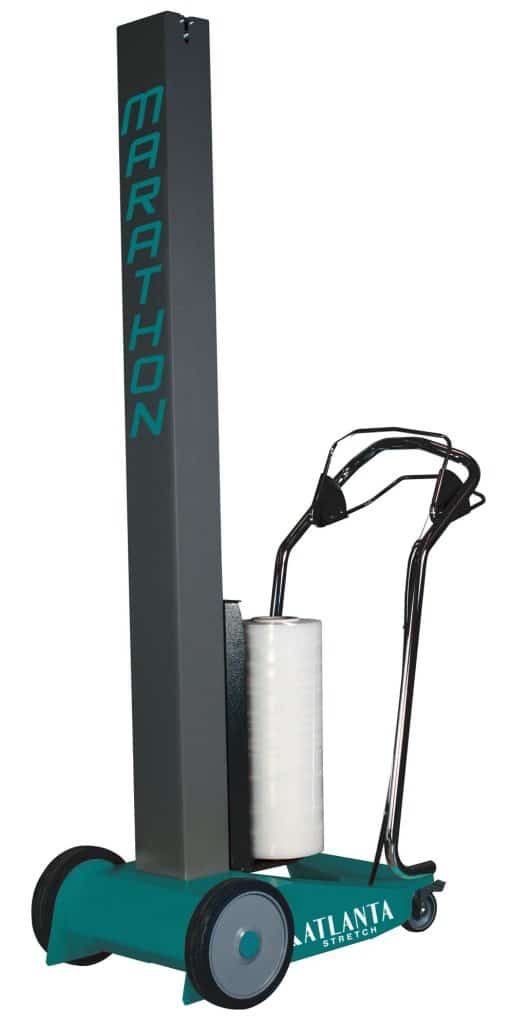When it comes to fast and secure strapping, most businesses immediately think of battery-powered friction weld strapping tools. These are quick, efficient, and ideal for high-volume applications. In fact, as you can see in our demo, strapping racking beams with a friction weld tool takes almost no time at all.
But what happens when the shape or size of your pack doesn’t allow it? That’s where the battery powered pusher steel strapping tensioner steps in.
Why Choose a Pusher Tensioner?
Flat pack battery strapping tools have one limitation — the base plate size. To work effectively, the strapping surface area needs to be large enough to allow proper tensioning and removal of the strap. For awkwardly sized, narrow, or round loads, this simply isn’t practical. you can see below, while the strap is tight around most of the coil, the part where the tensioner is mounted takes up a lot of the strap.

You can see after the strap is removed the strap is completely loose.

This is where steel strapping still shines. A battery-powered pusher tensioner combines the mobility and speed of battery tools with the versatility of a manual steel strapping system. Unlike bulky pneumatic tools, it gives you the freedom to move around your load and strap in tight or restrictive spaces. But the battery tool is able to tension this product tightly.

Battery pusher demo
Watch this demo as we tension a small coil of steel and apply the seal at the top of a stack of coil of steel, a normal flat pack tensioner would be unable to apply tension to these locations.
How a pusher tensioner works
Using a battery powered pusher tensioner is straightforward:
- Threading on the steel strapping and seal.
- Mounting the Tensioner – The steel strap is threaded directly through the tool.
- Applying Tension – The BPTL-19 model, for example, uses a feedwheel tensioner. This is a big advantage over a windlass system, as the feedwheel provides unlimited take-up — meaning the strap length doesn’t matter.
- Sealing the Strap – Once tensioned, the tool is used to crimp a seal and lock everything in place.
For this process, you’ll need pusher seals (PNSC 19mm seals), which are designed to be used with pusher-style tensioners. In our demo, we thread the steel strapping around a paper core to show how the seal works in practice.
Full battery pusher demo video
We have made a full demo video explaining the problem with tensioning small round packs and how the battery pusher tensioner excels.
The Bottom Line
A battery powered pusher tensioner is the perfect solution when a friction weld tool isn’t practical. It gives you:
- Speed and portability compared to pneumatic tools
- Flexibility for awkwardly shaped or limited surface-area packs
- The strength and reliability of steel strapping
If your operation requires strapping loads that aren’t suitable for flat pack battery tools, switching to a pusher-style steel tensioner ensures you won’t compromise on efficiency or safety.
You can also see our full range of battery powered steel strapping tools,


